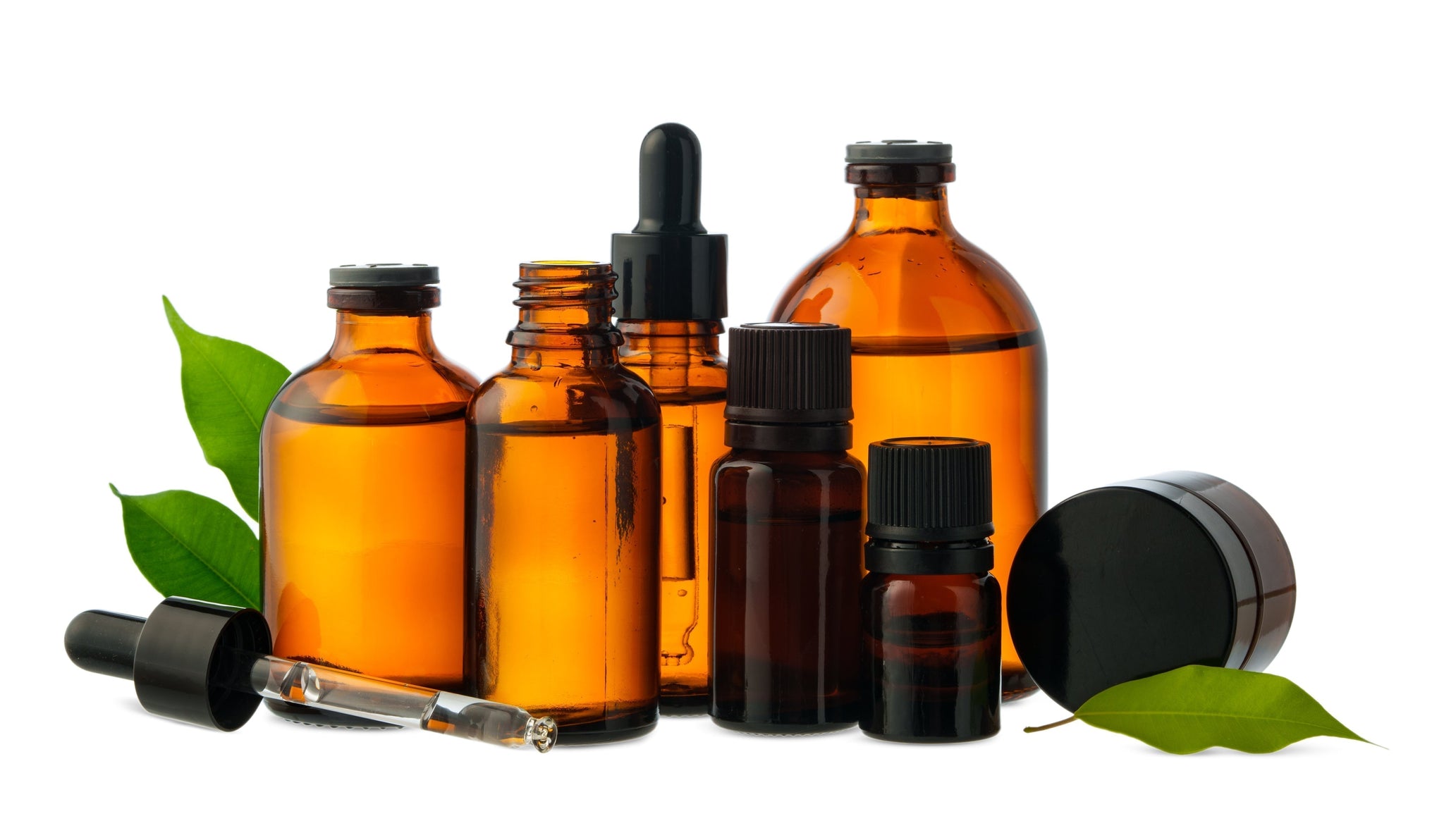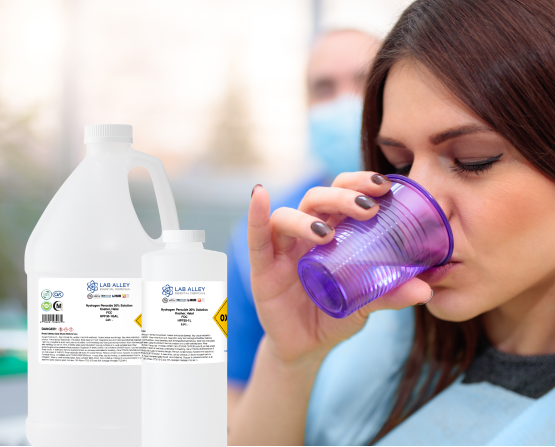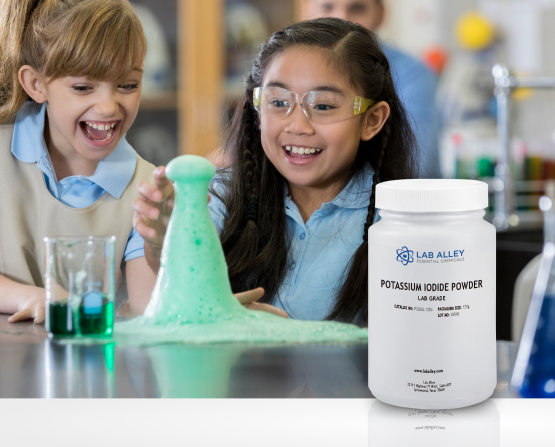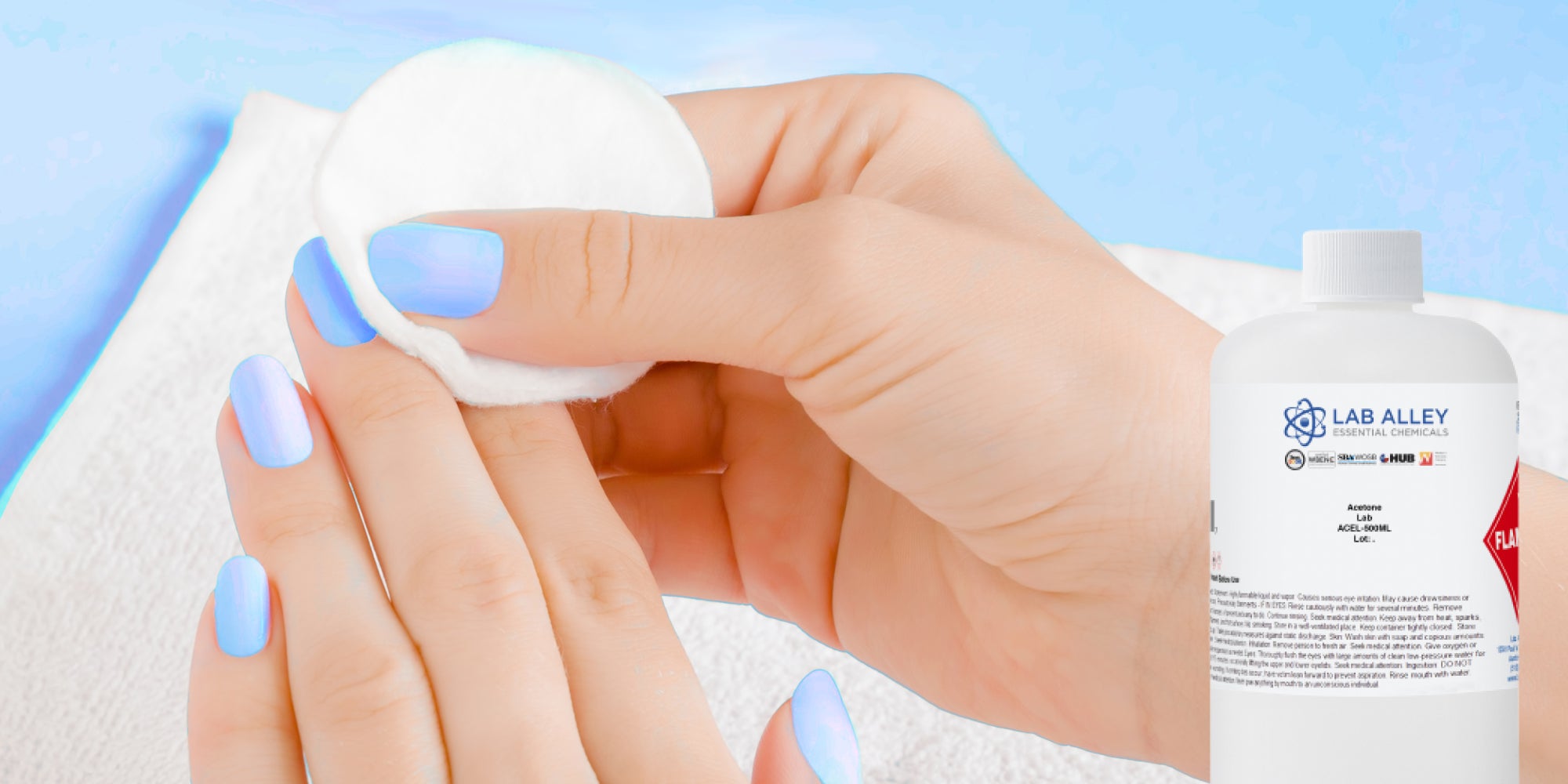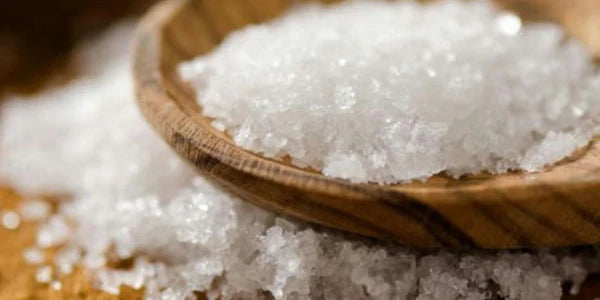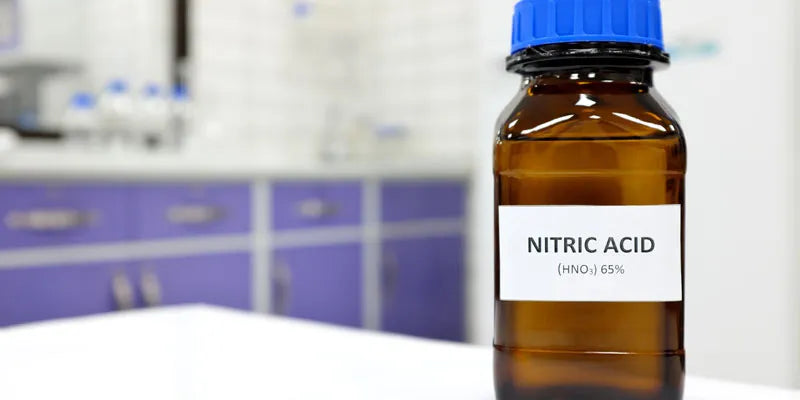Uses & Benefits
Witch hazel’s versatility comes from its natural origin, low irritation potential, and multifunctional benefits.Thanks to its soothing, astringent, and antimicrobial properties, this botanical extract finds a place everywhere from personal care products to formulation labs.
Industrial Applications
In manufacturing and product development, witch hazel works as both a key ingredient and a formulating aid. It is commonly included in natural skincare, aftershaves, and cosmetic bases, serving as a plant-based alternative to harsher ingredients.
It is highly popular in eco-conscious, alcohol-based product lines thanks to its ability to act as a mild solvent and astringent. In formulation laboratories, witch hazel is used to assess emulsion stability and study how botanical ingredients interact, making it a valuable tool for product innovation.
Scientific & Laboratory Uses
Although witch hazel is less common than other traditional reagents, it holds unique value in research environments, like dermatological studies and natural product chemistry, particularly when testing plant-based preservatives in pH-balanced formulations.
Academic and R&D labs also use it to examine the antimicrobial effects of botanical compounds. Its mild acidity and reliable chemical behavior make it especially useful in early-stage testing of natural actives.
Consumer & Household Uses
Witch hazel has long been a trusted staple for personal care and home remedies in households. It appears in everyday items like facial toners, cleansing wipes, and aftershaves, offering a gentle yet effective solution for daily skincare needs.
Many people also rely on it as a natural remedy for insect bites, razor burn, and minor skin irritations. And beyond personal care, witch hazel is used in DIY cleaning sprays and solutions, valued for its mild antiseptic and deodorizing qualities.
Specialized Applications
Witch Hazel benefits extend into more specialized areas as well. In pharmaceuticals for instance, it is a common ingredient in topical treatments for hemorrhoids, anti-itch creams, and soothing gels. In cosmetics and personal care, it appears in acne treatments, deodorants, micellar waters, and facial mists.
Likewise, veterinary and agricultural products occasionally use witch hazel in pet grooming solutions or natural plant care formulas, especially where fungal or bacterial resistance is needed. It can be in a high-tech lab, a cosmetics production line, or a home medicine cabinet, where hazel continues to prove its value across a wide range of applications.
Safety Information
While witch hazel is widely regarded as safe for consumer use, it is still a chemical mixture that requires responsible handling, particularly in industrial or bulk settings. Proper storage, handling, and disposal practices are essential to maintain product quality and ensure a safe working environment.
Hazards & Precautions
Witch hazel is generally safe for topical use in standard concentrations, but keep in mind it may cause irritation in higher concentrations or for individuals with sensitive skin. Due to its ethanol content, witch hazel is flammable and should be stored away from heat or open flames. Inhalation risks are low under normal usage, but it's recommended to ensure proper ventilation to prevent vapor buildup, especially in unventilated spaces.
Personal Protective Equipment (PPE)
When handling witch hazel in bulk, basic protective equipment is recommended. Nitrile or latex gloves help prevent skin contact, while safety goggles protect the eyes during transfers or large-scale handling. It should always be used in a well-ventilated space, and open flames or heat sources should be avoided, especially with alcohol-containing formulations.
Storage Guidelines
Witch hazel should be stored between 15-30°C (59-86°F) in a cool, dry, and ventilated area. Keep it tightly sealed in its original container and protect it from direct sunlight or excessive heat, which can degrade alcohol-based products. It should not be stored near strong oxidizers, acids, or other reactive materials.
Spill & Disposal Procedures
In the event of a spill, absorb the liquid using an inert material such as vermiculite or sand, and dispose of it in an approved chemical waste container. Large volumes should never be poured down drains. Instead, follow local environmental regulations for safe and compliant disposal.

Pictured Above Are 5 Bottles Of Medicinal Oils Derived From Plants
You can order food grade ethanol, extraction grade ethanol, ACS grade ethanol, FCC grade ethanol, USP grade ethanol, HPLC grade ethanol and kosher ethanol from Lab Alley. Perform ethanol (EtOH) extraction at ultra-low temperatures for the best yields.
Ethanol extraction is a cost-effective way to use ethanol as an industrial solvent to produce high quality botanical extracts from large volumes of medicinal herbs or plants.
Pictured Above Are 5 Bottles Of Medicinal Oils Derived From Plants
FAQs
Sources
- "Unveiling the Therapeutic Potential…” - Journal of Cosmetic Dermatology (2024)
- National Library of Medicine: Revealing the Therapeutic Potential: Investigating the Impact of a Novel Witch Hazel Formula on Anti‐Inflammation and Antioxidation
- MDPI - Hamamelis virginiana L. in Skin Care: A Review of Its Pharmacological Properties and Cosmetological Applications
- WebMD. (n.d.). WITCH HAZEL: Overview, Uses, Side Effects, Precautions, Interactions, Dosing and Reviews
- Healthline: 8 Benefits and Uses of Witch Hazel
- NOAA CAMEO Chemicals. "WITCH HAZEL."








